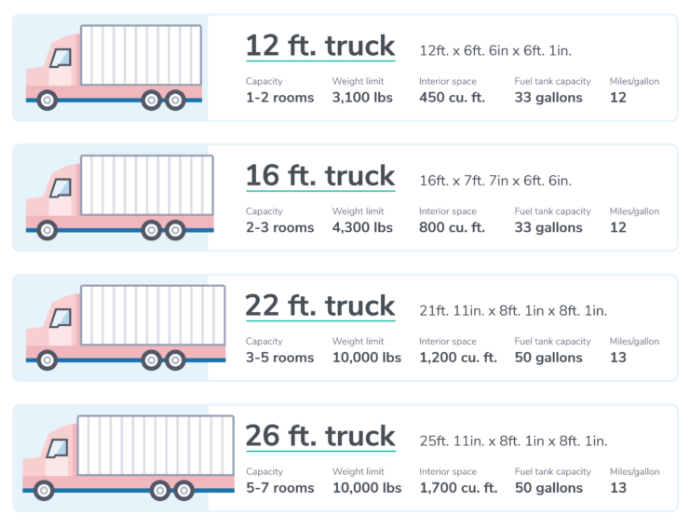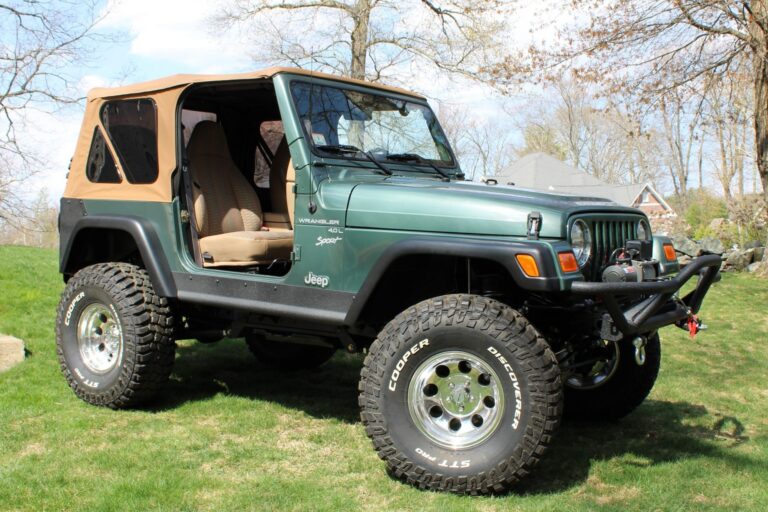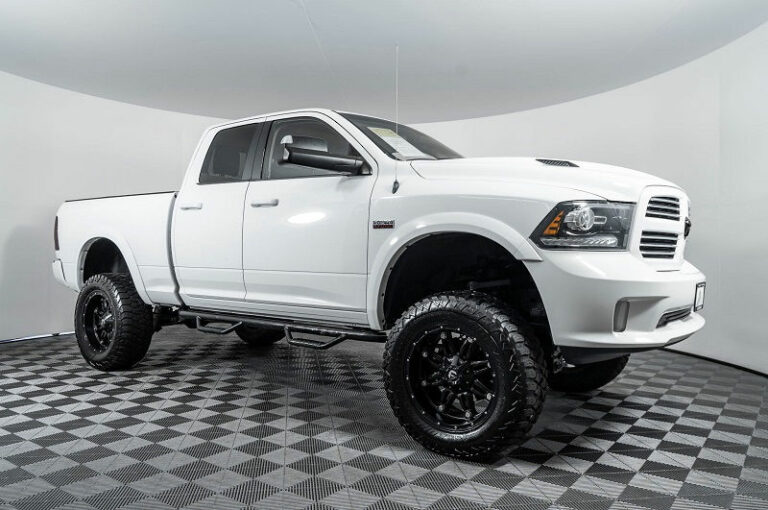Ft Box Truck Dimensions: Your Comprehensive Guide to Choosing the Right Size
Ft Box Truck Dimensions: Your Comprehensive Guide to Choosing the Right Size cars.truckstrend.com
When it comes to moving, transporting goods, or managing logistics, few decisions are as critical as selecting the right size of a box truck. Often referred to by their length in feet (e.g., 10 ft, 16 ft, 26 ft), these "Ft Box Truck Dimensions" dictate everything from how much you can carry to how easily you can navigate city streets, and ultimately, how much you’ll spend. Understanding these dimensions isn’t just about fitting your belongings; it’s about optimizing efficiency, ensuring safety, and avoiding costly mistakes like needing a second trip or struggling with an oversized vehicle.
This comprehensive guide will delve deep into the world of box truck dimensions, providing you with the knowledge and practical advice needed to make an informed choice for your next hauling endeavor.
Ft Box Truck Dimensions: Your Comprehensive Guide to Choosing the Right Size
Understanding Box Truck Dimensions: More Than Just Length
Before diving into specific sizes, it’s crucial to understand what "dimensions" truly entail for a box truck. While the "feet" designation typically refers to the internal cargo length of the truck’s box, other dimensions are equally vital:
- Internal Length: The usable length of the cargo area from the back door to the front wall. This is the primary dimension referenced (e.g., a "26 ft" truck has approximately 26 feet of internal cargo length).
- Internal Width: The usable width of the cargo area. This can vary slightly between manufacturers but is generally consistent for a given class of truck.
- Internal Height: The usable height from the cargo floor to the ceiling. This is critical for tall items like refrigerators, wardrobes, or stacked boxes.
- Door Opening Dimensions: The actual height and width of the rear door opening. This might be slightly smaller than the internal dimensions due to the door frame, and it’s vital for loading large, bulky items.
- External Dimensions: The overall length, width, and height of the entire vehicle (including the cab). These are important for navigating tight spaces, parking, and checking bridge clearances.
- Payload Capacity (Weight Limit): Beyond volume, every truck has a maximum weight it can safely carry. This is measured in pounds (lbs) and is often overlooked, but crucial for safety and preventing vehicle damage.
- Cubic Feet (Cu. Ft.): This is the total volume of the cargo area, calculated by multiplying internal length x width x height. It’s the most accurate way to compare the capacity of different trucks.
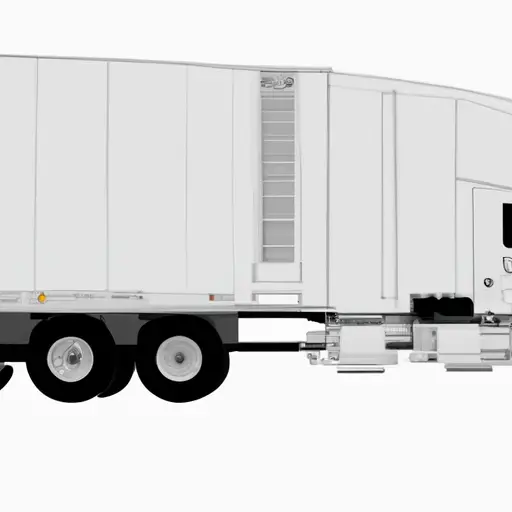
Knowing these specific measurements helps you visualize your load and ensures your items will not only fit but can be loaded and transported safely.

Common Ft Box Truck Sizes and Their Applications
Box trucks come in a range of standard sizes, each designed for specific purposes, from small apartment moves to large commercial deliveries.
1. 10-12 ft Box Truck
- Typical Internal Dimensions: 10-12 ft (L) x 6 ft 3 in (W) x 6 ft 2 in (H)
- Estimated Cubic Feet: 380 – 450 cu. ft.
- Approximate Payload Capacity: 2,500 – 3,500 lbs
- Common Use: Ideal for studio apartments, small 1-bedroom apartments, dorm rooms, local deliveries of furniture or appliances, or hauling a few large items. These trucks are easy to drive, park, and often fit into standard parking spaces.
- Key Features: Often no ramp, sometimes a small lip or short ramp. Very maneuverable.
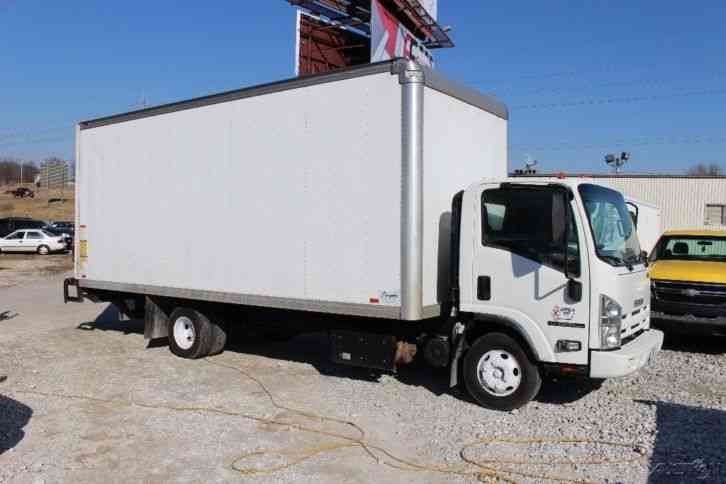
2. 14-16 ft Box Truck
- Typical Internal Dimensions: 14-16 ft (L) x 7 ft 8 in (W) x 7 ft 2 in (H)
- Estimated Cubic Feet: 800 – 900 cu. ft.
- Approximate Payload Capacity: 4,000 – 6,000 lbs
- Common Use: Perfect for 1-2 bedroom apartments or small homes, moving a small office, or handling larger local deliveries. They offer a good balance between capacity and maneuverability.
- Key Features: Often includes a loading ramp. Still manageable for most drivers without a commercial driver’s license (CDL).
3. 20-22 ft Box Truck
- Typical Internal Dimensions: 20-22 ft (L) x 7 ft 8 in (W) x 7 ft 8 in (H)
- Estimated Cubic Feet: 1,100 – 1,400 cu. ft.
- Approximate Payload Capacity: 6,000 – 8,000 lbs
- Common Use: Suitable for 2-3 bedroom homes, larger apartment moves, or substantial commercial deliveries. This size is popular for medium-distance moves.
- Key Features: Standard ramp, often includes tie-downs. Requires more careful driving due to increased length.
4. 24-26 ft Box Truck
- Typical Internal Dimensions: 24-26 ft (L) x 8 ft 2 in (W) x 8 ft 2 in (H)
- Estimated Cubic Feet: 1,500 – 1,700 cu. ft.
- Approximate Payload Capacity: 8,000 – 12,000 lbs
- Common Use: The largest non-CDL rental truck available, ideal for 3-4+ bedroom homes, large commercial moves, long-distance relocations, or carrying a significant volume of goods.
- Key Features: Full-size ramp or often a liftgate (especially for commercial rentals), multiple tie-downs. Requires significant driving skill and awareness of surroundings, especially in urban areas. Note: While many rental companies offer these without a CDL, always check the Gross Vehicle Weight Rating (GVWR) as some models or heavier loads might push you into CDL territory depending on local regulations.
Key Considerations When Choosing Box Truck Dimensions
Selecting the right box truck size goes beyond just matching the number of rooms in your house. Consider these crucial factors:
- Volume and Weight of Cargo: This is paramount. Estimate the cubic feet of your belongings. For weight, consider if you have many heavy items like appliances, books, or dense equipment.
- Type of Items: Are your items bulky (e.g., sofas, mattresses) or dense (e.g., boxes of books, weights)? Bulky items require more volume, while dense items quickly eat into your weight capacity.
- Distance and Route: For local moves, a slightly smaller truck might be acceptable if it means easier navigation. For long-distance moves, a larger truck to avoid multiple trips is usually more cost-effective. Consider road conditions, bridges, and tunnels.
- Loading/Unloading Facilities: Do you have access to a loading dock? If not, a truck with a low deck height, a ramp, or a liftgate is essential.
- Driver’s Experience and License: Larger trucks require more skill to drive, especially in reverse or tight turns. Ensure the driver is comfortable and legally licensed for the truck’s GVWR. Most rental trucks up to 26 ft are designed to be driven with a standard driver’s license, but always verify the GVWR.
- Budget: Larger trucks generally cost more to rent per day and consume more fuel. Balance the cost of a larger truck against the potential cost of multiple trips with a smaller one.
- Maneuverability and Parking: Will you be navigating narrow streets, tight driveways, or busy city centers? A smaller truck offers greater agility. Always check the truck’s external dimensions for clearance.
Tips for Maximizing Space and Efficiency
Once you’ve chosen your truck, smart packing and loading can make a huge difference:
- Create an Inventory: List all items to be moved and estimate their volume. Use online cubic footage calculators.
- Pack Smartly: Use uniform-sized boxes if possible. Label boxes clearly with contents and destination room.
- Disassemble Furniture: Take apart beds, tables, and other large furniture to save space.
- Load Heaviest Items First: Place heavy, sturdy items (appliances, large furniture) on the truck floor, towards the front (cab side), and centered to distribute weight evenly.
- Go Up, Then Out: Load vertically, stacking boxes and items securely, before spreading horizontally.
- Utilize Moving Blankets and Tie-Downs: Protect items from scratches and prevent shifting during transit.
- Create a Walkway: If possible, leave a narrow path to access items, especially for long-distance moves where you might need something mid-trip.
Challenges and Solutions Related to Box Truck Dimensions
Despite careful planning, challenges can arise. Being aware of them helps you prepare:
- Underestimating Size Needed:
- Challenge: You rent a truck that’s too small, requiring a second trip, wasting time and money.
- Solution: When in doubt, always go for the next size up. It’s better to have a little extra space than not enough. Use online cubic footage estimators or consult with rental company staff.
- Overloading Weight Capacity:
- Challenge: Exceeding the truck’s payload capacity is dangerous, can damage the truck, and is illegal.
- Solution: Be mindful of heavy items. Distribute weight evenly. If you have many dense items (books, tools, gym equipment), calculate their combined weight.
- Maneuverability Issues:
- Challenge: Driving a large box truck can be challenging, especially in tight spaces, leading to accidents or delays.
- Solution: Plan your route in advance, noting narrow streets, low bridges, or challenging turns. Practice driving in an empty parking lot if you’re unfamiliar. Use a spotter when backing up.
- Fuel Consumption:
- Challenge: Larger trucks are less fuel-efficient, leading to higher operating costs.
- Solution: Choose the smallest truck that safely fits your needs. Plan efficient routes to minimize mileage.
Estimated Box Truck Specifications and Rental Costs
It’s important to note that actual rental prices vary significantly based on location, time of year, demand, rental duration (daily, weekly, monthly), and the specific rental company (U-Haul, Penske, Budget, Ryder, etc.). The prices below are estimates for daily rental before mileage charges, fuel, insurance, or additional fees.
| Truck Size (Ft) | Approx. Internal Length (ft) | Internal Width (ft) | Internal Height (ft) | Est. Cubic Feet (cu. ft.) | Approx. Payload Capacity (lbs) | Common Use Case | Est. Daily Rental Range (Excl. Mileage/Fuel) |
|---|---|---|---|---|---|---|---|
| 10 ft | 9’11" | 6’3" | 6’2" | 380 | 2,500 | Studio/Small 1 BR Apt, Appliance Delivery | $19.95 – $39.95 |
| 12 ft | 12’0" | 6’3" | 6’2" | 450 | 3,500 | Small 1 BR Apt, Local Business Deliveries | $29.95 – $49.95 |
| 15 ft | 14’6" | 7’8" | 7’2" | 800 | 4,000 | 1-2 BR Apt/Small Home, Small Office Move | $29.95 – $59.95 |
| 17 ft | 16’6" | 7’8" | 7’2" | 900 | 6,000 | 2 BR Home, Larger Deliveries | $39.95 – $69.95 |
| 20 ft | 19’6" | 7’8" | 7’8" | 1,100 | 6,000 | 2-3 BR Home, Significant Deliveries | $39.95 – $79.95 |
| 24 ft | 23’6" | 8’2" | 8’2" | 1,500 | 8,000 | 3-4 BR Home, Large Commercial Shipments | $49.95 – $99.95 |
| 26 ft | 25’6" | 8’2" | 8’2" | 1,700 | 10,000 – 12,000 | 4+ BR Home, Very Large Commercial/Long-Distance | $49.95 – $109.95 |
Frequently Asked Questions (FAQ) About Ft Box Truck Dimensions
Q1: What’s the difference between internal and external box truck dimensions?
A1: Internal dimensions refer to the usable space inside the cargo box (length, width, height), which is crucial for determining what fits. External dimensions are the total measurements of the entire vehicle (including the cab), important for navigating tight spaces, parking, and checking bridge clearances.
Q2: Do I need a CDL (Commercial Driver’s License) to drive a box truck?
A2: Most rental box trucks up to 26 feet are designed to be driven with a standard Class D driver’s license (in the US). This is because their Gross Vehicle Weight Rating (GVWR) is typically under 26,001 lbs, the threshold for requiring a CDL. However, always verify the specific truck’s GVWR and your local regulations. For commercial use, different rules might apply.
Q3: How do I accurately calculate the cubic feet I need for my move?
A3: The simplest way is to use an online cubic foot estimator or moving calculator provided by rental companies or moving services. These tools often allow you to list items by room or type, and they provide an estimated cubic footage, helping you match it to a truck size. When in doubt, add a small buffer.
Q4: Can I tow a car or trailer with a rental box truck?
A4: Many rental box trucks, especially larger ones, come equipped with a tow hitch. You can typically rent a car dolly or auto transport trailer from the same company to tow your vehicle behind the box truck. Always check with the rental company for their specific policies and weight limits for towing.
Q5: What’s the best way to load a box truck to maximize space and safety?
A5: Load heaviest items first, on the floor, against the front wall of the truck, and centered for stability. Distribute weight evenly. Then, load progressively lighter items, stacking vertically and using moving blankets and tie-downs to secure everything and prevent shifting. Disassemble furniture where possible.
Q6: Are all box trucks of the same "foot" designation identical in dimensions?
A6: No, there can be slight variations in internal width, height, and even actual usable length between different manufacturers and models for a given "foot" designation (e.g., a 26 ft U-Haul might have slightly different internal measurements than a 26 ft Penske). Always check the specific dimensions provided by the rental company for the truck you intend to rent.
Conclusion: Making the Right Choice for Your Haul
Choosing the correct Ft box truck dimensions is a pivotal decision that impacts the efficiency, cost, and safety of your moving or transportation project. By understanding the nuances of internal vs. external measurements, recognizing the capacities of different truck sizes, and carefully considering your specific cargo and route, you empower yourself to make an informed decision.
Don’t just pick a size based on guesswork. Take the time to estimate your needs, consult the provided dimensions, and even consider visiting a rental location to see the trucks in person. By doing so, you’ll ensure a smoother, more cost-effective, and less stressful experience, getting your belongings or goods from point A to point B successfully.
